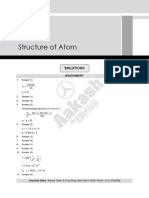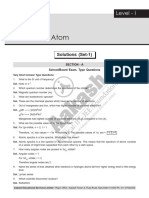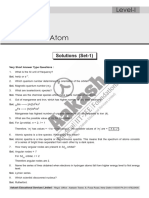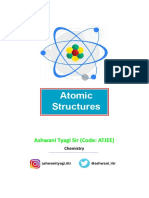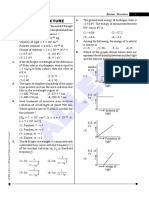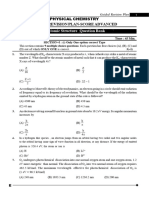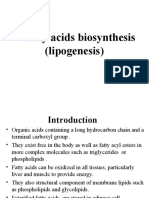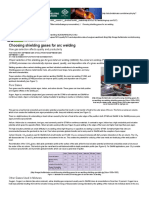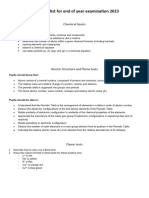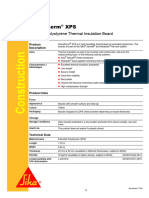0% found this document useful (0 votes)
59 views14 pagesTarget 1 Level 2 Chapter 1
The document provides solutions to Assignment Level-II on the Structure of Atom, covering various objective type questions and linked comprehension type questions. It includes answers related to atomic structure, electron configurations, and quantum mechanics principles. The content is structured into sections, addressing both single and multiple-choice questions, along with assertions and integer answer types.
Uploaded by
thisismaildeanonymousCopyright
© © All Rights Reserved
We take content rights seriously. If you suspect this is your content, claim it here.
Available Formats
Download as PDF, TXT or read online on Scribd
0% found this document useful (0 votes)
59 views14 pagesTarget 1 Level 2 Chapter 1
The document provides solutions to Assignment Level-II on the Structure of Atom, covering various objective type questions and linked comprehension type questions. It includes answers related to atomic structure, electron configurations, and quantum mechanics principles. The content is structured into sections, addressing both single and multiple-choice questions, along with assertions and integer answer types.
Uploaded by
thisismaildeanonymousCopyright
© © All Rights Reserved
We take content rights seriously. If you suspect this is your content, claim it here.
Available Formats
Download as PDF, TXT or read online on Scribd
/ 14










